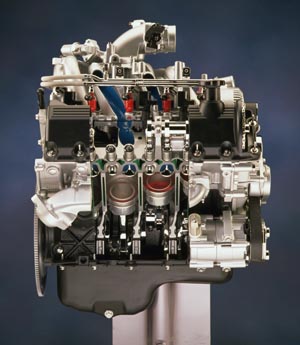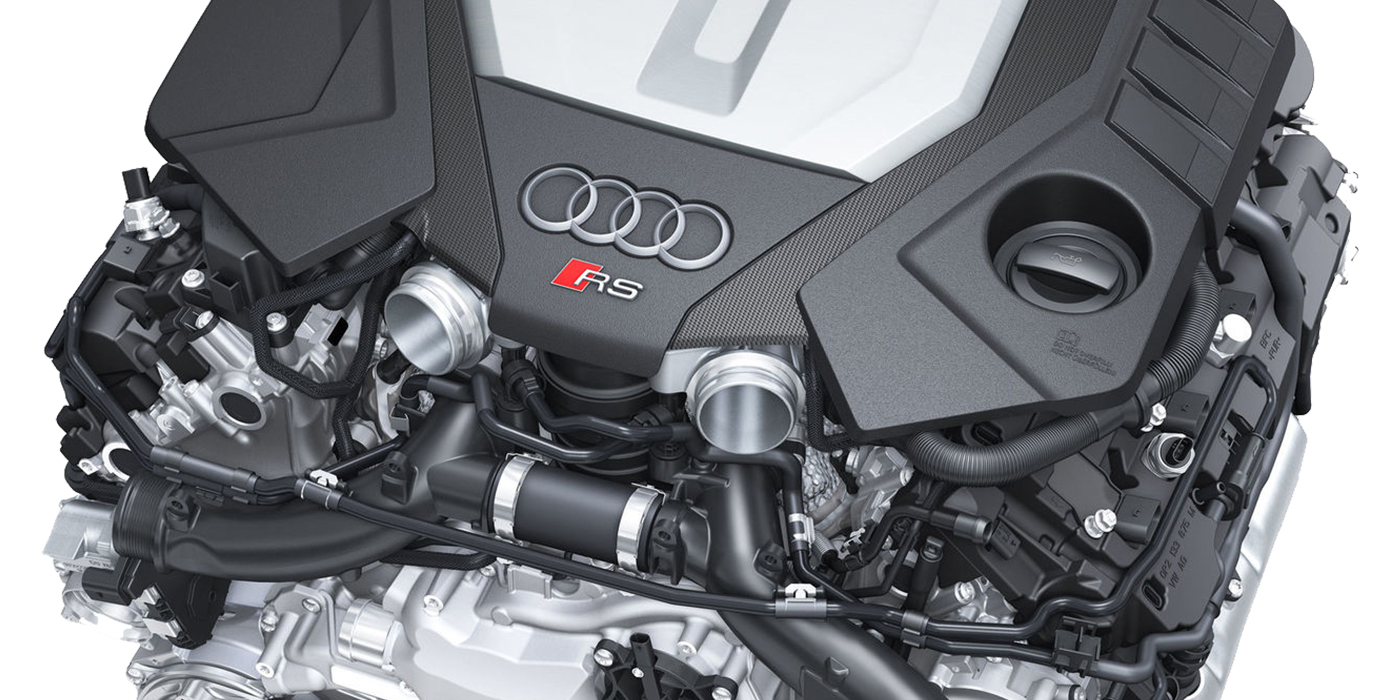One service issue technicians should be on the look out for is late-model Ford trucks (1997 to 2004 Ford F-Series, Expeditions and Excursions) that are reportedly blowing out spark plugs. The problem seems to occur most often on 5.4L Triton engines, but may also occur on other V6, V8 and V10 engines in these vehicles.
 The #2, #3 and/or #4 spark plugs tend to work loose and blow out when the engine has 60,000 to 100,000 miles on it. When the plug blows out of the cylinder head, it usually damages the threads in the spark plug hole and also breaks the coil that sits on top of the plug. In some cases the plugs have blown out with such force that they have damaged the fuel rail.
The #2, #3 and/or #4 spark plugs tend to work loose and blow out when the engine has 60,000 to 100,000 miles on it. When the plug blows out of the cylinder head, it usually damages the threads in the spark plug hole and also breaks the coil that sits on top of the plug. In some cases the plugs have blown out with such force that they have damaged the fuel rail.
The problem appears to be the design of the original equipment spark plugs and cylinder head. The plugs are only threaded part way up to where the plug taper seats against the head. If the plugs are not tightened properly when they are installed, they may work loose over time and blow out.
Tip: It’s probably a good idea to check the spark plugs on these engines every 20,000 to 30,000 miles to make sure they are not coming loose. If a plug feels loose, it should be tightened to the recommended torque.
If an engine blows a plug, the fix can be expensive. Ford says a standard Helicoil insert is not adequate, and insists their dealers replace the entire cylinder head (at a costs of up to $3,000 for parts and labor). But there are special tools and inserts for repairing these heads. The Time Fastener Company (www.timesert.com) makes several thread repair tool kits designed specifically for Ford engines.
Ford TSB 06-5-9 addresses another problem on these engines, which is getting the original spark plugs out without breaking the plugs or stripping the threads in the cylinder head. The recommended removal procedure is to loosen the plugs on a warm (but not hot) engine about 1/8 to 1/4 turn. Then soak the base of each plug with penetrating oil. Allow the oil to wick down the threads for five to 10 minutes before attempting to remove the plugs. If a plug sticks, turn it back and forth half a turn, and apply more penetrating oil. Don’t force it, and never use an air tool to spin it out.
If a plug breaks off, there is a special Rotunda service tool 303-1203 for extracting the broken plug.













